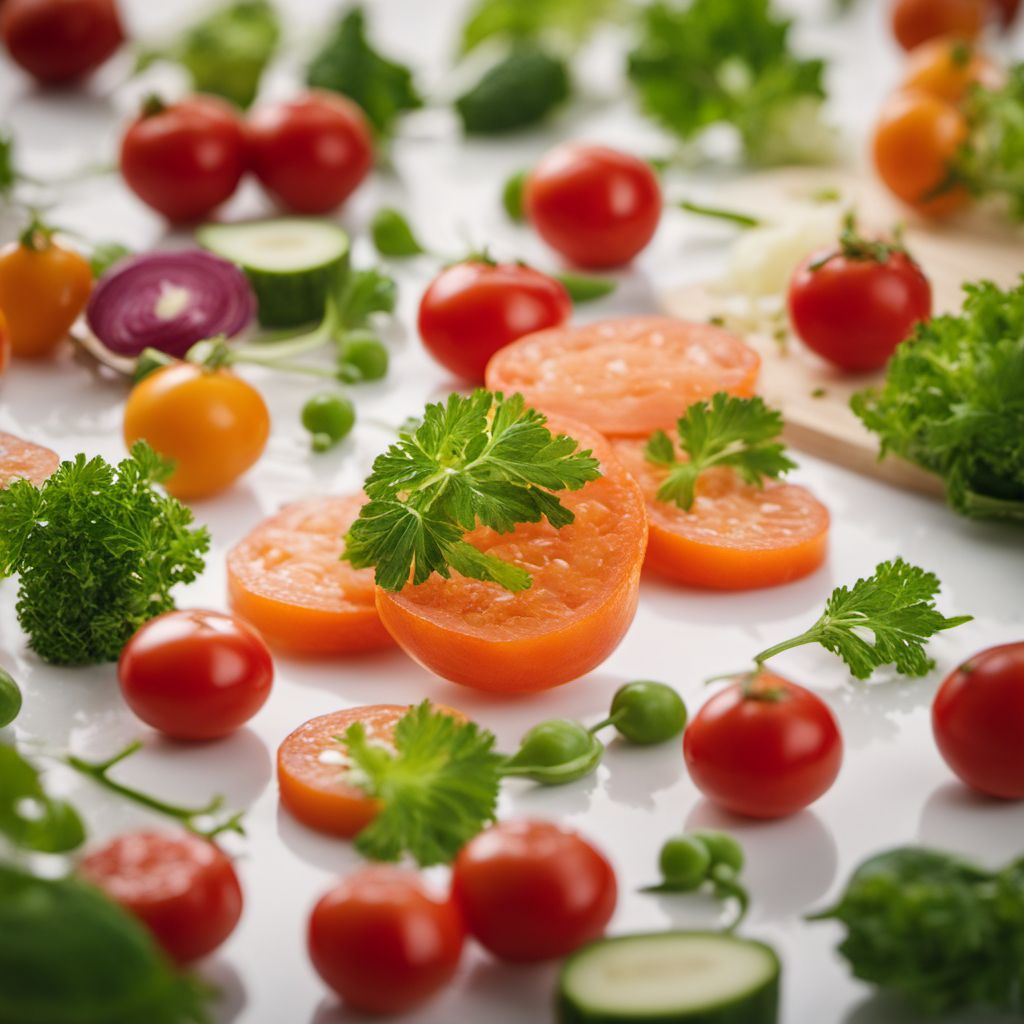
Ingredient
Vegetable savoury extracts
The Essence of Umami
Vegetable savoury extracts are highly concentrated flavorings made from vegetables such as mushrooms, tomatoes, or soybeans. They are rich in umami, the fifth taste that adds depth and savoriness to dishes. These extracts are commonly used in soups, sauces, marinades, and dressings to enhance the overall flavor profile of a recipe. A little goes a long way, making them a pantry staple for any culinary enthusiast.
Origins and history
The use of vegetable savoury extracts dates back centuries, with roots in Asian cuisines such as Japanese and Chinese. These extracts were traditionally made by simmering vegetables for an extended period to extract their flavors. Today, modern production methods have made these extracts more accessible and convenient. Vegetable savoury extracts are widely used in both home cooking and commercial food production to add a savory punch to dishes.
Nutritional information
Vegetable savoury extracts are low in calories and fat, making them a healthy addition to dishes. They are also a good source of vitamins and minerals, depending on the vegetables used in the extract. However, it's important to note that these extracts can be high in sodium, so they should be used in moderation, especially for individuals on a low-sodium diet.
Allergens
There are no known allergens associated with vegetable savoury extracts.
How to select
When selecting vegetable savoury extracts, look for reputable brands that use high-quality ingredients. Read the labels to ensure that the extract is made from real vegetables and does not contain any artificial additives or preservatives. Opt for organic or natural options whenever possible. Vegetable savoury extracts are commonly available in grocery stores, specialty food stores, or online.
Storage recommendations
To maintain the freshness and quality of vegetable savoury extracts, store them in a cool, dark place away from direct sunlight. Once opened, keep the extract tightly sealed to prevent moisture and air from affecting its flavor. Follow the manufacturer's instructions for specific storage recommendations, as they may vary depending on the brand.
How to produce
Producing vegetable savoury extracts at home can be a time-consuming process. It involves simmering vegetables for an extended period to extract their flavors, then straining and reducing the liquid to concentrate the flavors. However, for those who enjoy homemade ingredients, it can be a rewarding endeavor. There are various recipes and techniques available online for making vegetable savoury extracts at home.
Preparation tips
Vegetable savoury extracts can be used in a variety of ways to enhance the flavor of dishes. They can be added to soups, stews, and sauces to deepen their taste. These extracts can also be used as a marinade for meats or vegetables, or as a seasoning for dressings and dips. Start with a small amount and adjust to taste, as the flavor can be quite potent.
Culinary uses
Vegetable savoury extracts are commonly used in a wide range of dishes and cuisines. They are particularly popular in Asian cuisines such as Japanese, Chinese, and Korean, where umami flavors are highly valued. These extracts can be found in recipes for soups, stir-fries, noodle dishes, and more. They are also used in vegetarian and vegan cooking to add depth and savoriness to plant-based dishes.
Availability
Vegetable savoury extracts are commonly available in grocery stores, specialty food stores, and online retailers worldwide.



